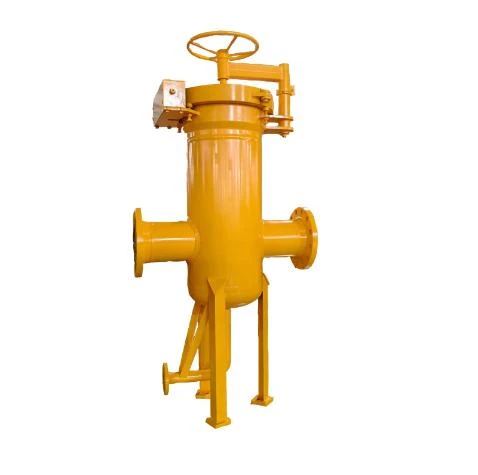
Dec . 20, 2024 05:37
Back to list
gas pressure reducing valve
Understanding Gas Pressure Reducing Valves
Gas pressure reducing valves (PRVs) are critical components in various industrial, commercial, and residential applications where gas pressure must be controlled for safe and efficient operation. They are designed to lower a high inlet pressure to a steady outlet pressure, ensuring that the downstream equipment operates within its specified pressure range. This article delves into the function, types, applications, and importance of gas pressure reducing valves.
Function of Gas Pressure Reducing Valves
The primary function of a gas pressure reducing valve is to maintain a consistent output pressure regardless of variations in the inlet pressure or demand on the system. When high-pressure gas enters the PRV, it passes through a series of components designed to manage and reduce that pressure. The most critical part of the valve is the diaphragm or piston, which reacts to changes in pressure.
As the inlet pressure increases, the diaphragm displaces, closing the valve to limit the flow, whereas if the inlet pressure drops, the diaphragm moves to open the valve, allowing more gas to flow through until the desired outlet pressure is reached. This automatic adjustment is crucial for protecting downstream equipment from pressure fluctuations.
Types of Gas Pressure Reducing Valves
There are several types of gas pressure reducing valves, each suited for specific applications
1. Single-Stage PRVs These are simple devices that reduce pressure in a single step. They are ideal for applications where the inlet pressure is relatively constant and does not vary significantly.
2. Multi-Stage PRVs These valves are used when the inlet pressure is subject to large fluctuations. Multi-stage PRVs employ a series of reducing stages to progressively lower the pressure, providing a more stable output.
3. Balanced Valve Designs These PRVs include a mechanism that balances the forces acting on the diaphragm or piston, allowing for better control and response to pressure changes. They are suitable for applications where precision is vital.
4. Relief Valve Integrated Models Some PRVs have integrated relief features that allow excess pressure to be vented safely, providing additional safety and preventing system overpressure.
gas pressure reducing valve

Applications of Gas Pressure Reducing Valves
Gas pressure reducing valves find applications in numerous fields
- Industrial Processes In manufacturing and chemical processing, PRVs help regulate gas supply to various equipment, ensuring that reactions or processes occur at the correct pressure for optimal results.
- Heating Systems In residential or commercial heating, PRVs manage natural gas supply for boilers and furnaces, ensuring safe operation and improved energy efficiency.
- Compressed Gas Systems In scenarios where gases are stored under pressure, such as in medical gas supply systems or scuba diving, PRVs ensure the safe and consistent delivery of gas to users.
- Fuel Supply For gas-powered vehicles or machinery, PRVs regulate fuel delivery to the engine, contributing to performance and safety.
Importance of Gas Pressure Reducing Valves
The importance of gas pressure reducing valves cannot be overstated. First and foremost, they enhance safety by preventing overpressure conditions that could lead to equipment failure or hazardous situations. The consistent pressure regulation also prolongs the lifespan of downstream equipment by minimizing wear and tear.
Additionally, PRVs contribute to operational efficiency. By ensuring that gas is delivered at the correct pressure, systems can operate more effectively, translating to energy savings and reduced operational costs. Furthermore, in applications where precise gas flow is required, PRVs enable such precision, contributing to product quality and process reliability.
Conclusion
In summary, gas pressure reducing valves play a vital role in managing gas pressure across various applications. Their ability to provide a stable, regulated output pressure is essential for the safe and efficient operation of numerous systems. Understanding the function and importance of PRVs can help industries ensure safety, performance, and compliance with regulatory standards, making them indispensable in modern gas management. As technology advances, the design and efficiency of these critical components continue to evolve, promising even greater reliability and effectiveness in the future.
Next:
Latest news
-
Safety Valve Spring-Loaded Design Overpressure ProtectionNewsJul.25,2025
-
Precision Voltage Regulator AC5 Accuracy Grade PerformanceNewsJul.25,2025
-
Natural Gas Pressure Regulating Skid Industrial Pipeline ApplicationsNewsJul.25,2025
-
Natural Gas Filter Stainless Steel Mesh Element DesignNewsJul.25,2025
-
Gas Pressure Regulator Valve Direct-Acting Spring-Loaded DesignNewsJul.25,2025
-
Decompression Equipment Multi-Stage Heat Exchange System DesignNewsJul.25,2025

